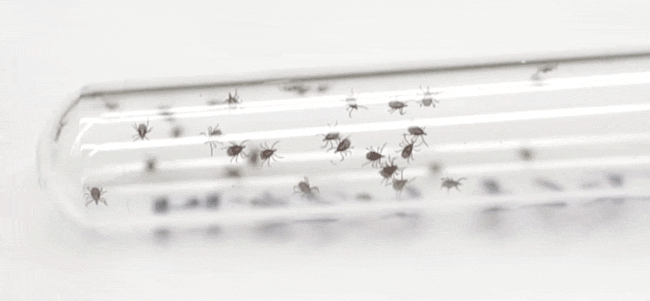
Local
Tick activity increasing in Minnesota
Tick activity has had a slow start this summer, but due to the rain and warm temperatures recently, tick activity is expected to increase into July.
American dog ticks, also known as wood ticks, are out in abundance right now and people need to take precautions against ticks, not only for themselves, but also for their pets.
The Centers for Disease Control and Prevention (CDC) reported that Minnesota had the seventh highest number of cases of human tick-borne disease between 2004 and 2016 with 27,000 infections being reported.
Minnesota Public Radio (MPR) News
National
Alarming percentage of antibiotics administered to pigs in the United States
A report from the Natural Resources Defense Council (NRDC) found that pigs in the United States receive nearly the same amount of antibiotics as humans.
The report estimates that 27.1% of all medically important antibiotics sold in the United States are used for pig production while 27.6% of those same antibiotics are used for human medicine.
The NRDC is calling for the pig industry to adopt responsible antibiotic use practices and the report concludes that medically important antibiotics should not be used routinely in healthy animals.
Center for Infectious Disease Research and Policy (CIDRP) at the University of Minnesota
International
Nipah virus concerns in India
The World Health Organization (WHO) announced that 17 out of 18 people infected with Nipah virus have died in Kerala, India as experts consider announcing a possible epidemic threat. This is the first occurrence of Nipah virus in Kerala, India as concerns grow about the spread of the virus beyond India through commercial air travel to areas of the world such as Dubai and New York City.
Nipah virus is a rare, brain-damaging virus carried by some fruit bats in southern and southeast Asia which can spread to humans through contact with bodily fluids of affected bats. There is no available vaccine or cure for Nipah virus infections.
The virus was first identified in 1998 among pig farmers in Malaysia where it killed over 100 people and led to the slaughter of over 1 million pigs. Cases of Nipah virus now appear almost annual in Bangladesh.
Questions, comments, feedback about today's Weekly Update? Please email Dr. Jonathan Chapman. Receive the Weekly Update right in your inbox on Tuesdays and Thursdays. Subscribe now at z.umn.edu/WeeklyUpdateSubscribe
